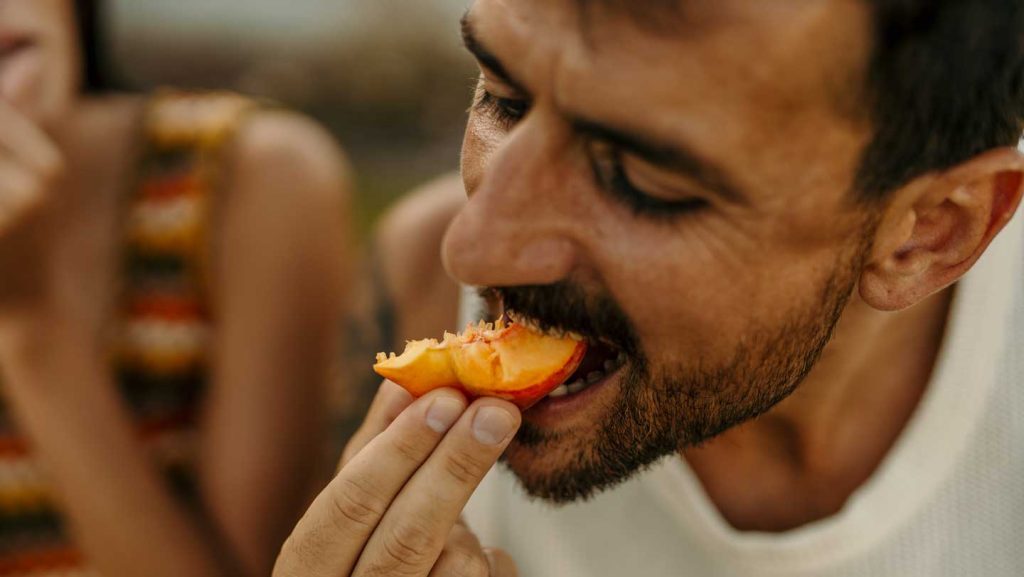The Brain’s Flavor Hub: How Taste and Smell Connect in the Human Brain
In the intimate dance of our senses, taste and smell move as perfect partners, so closely linked that a mere whiff of a favorite food can conjure its flavor without a single bite. This powerful connection has fascinated scientists for years, and now researchers have made a breakthrough discovery that sheds light on exactly where these sensory experiences merge in the human brain.
According to a groundbreaking study published in Nature Communications on September 12, researchers have pinpointed the insula—a region deep within the brain—as the critical hub where taste and smell information converge to create our perception of flavor. This finding represents a significant advancement in our understanding of how the brain processes sensory information and may help explain why certain foods trigger such strong cravings or aversions.
“From the moment we take that first bite of food, our brain begins an intricate sensory integration process,” explains Putu Agus Khorisantono, a neuroscientist at Karolinska Institutet in Stockholm and lead researcher on the study. While some food chemicals activate the familiar taste receptors on our tongue—registering sweet, salty, sour, bitter or umami sensations—others travel a different route, passing through the roof of the mouth to activate odor receptors in the back of the nose. These “retronasal odors” provide the subtle distinctions that allow us to tell similar foods apart. “Mangoes and peaches might both taste primarily sour,” Khorisantono notes, “but it’s really the aroma that differentiates them.”
To identify where this sensory integration happens, Khorisantono’s team employed an innovative approach combining brain scans with machine learning. Twenty-five participants received drops of beverages designed to activate either taste receptors or retronasal odor receptors while their brain activity was monitored across multiple sessions. Prior to the experiment, these participants had learned to associate specific combinations of smells and tastes with particular flavors. The researchers then isolated different brain regions from these scans and used each region’s data to train machine learning algorithms. First, these algorithms learned to distinguish between brain responses to sweet versus savory tastes. Then, critically, the researchers tested whether these algorithms could predict what participants had smelled based solely on their brain activity patterns.
The results were illuminating. One of the most successful algorithms was trained on images from the insula, a brain region previously thought to respond primarily to taste rather than smell. The similar activation patterns in the insula when experiencing either the smell or taste components of the same flavor suggested that this region was interpreting both sensory signals in a remarkably similar way. While other brain regions appear to receive flavor signals from the insula, the researchers concluded that the insula represents the earliest stage in the brain’s flavor processing pathway.
The implications of this discovery extend beyond just understanding how we experience food. The insula plays a broader role in monitoring internal organs like the stomach and intestines and subtly influences our eating habits and body perception. However, its location deep within the brain has made it particularly challenging to study in humans. Previous research in rodents had provided hints that the insula processes smells, with some cells specifically responding to smell-taste combinations, but confirming its role in human flavor perception required the sophisticated computational techniques employed in this new study. As Ivan de Araujo, a neuroscientist at Max Planck Institute for Biological Cybernetics in Germany who wasn’t involved in the research, points out, “These findings could explain why people crave certain foods or are turned away from them.”
Looking ahead, Khorisantono’s team is expanding their research to explore whether smells that trigger food cravings when we pass by a restaurant or grocery store—which activate receptors in the front of our nose rather than the retronasal pathway—also activate the insula. This ongoing investigation promises to further illuminate how our brain processes sensory information and ultimately shapes our relationship with food.


